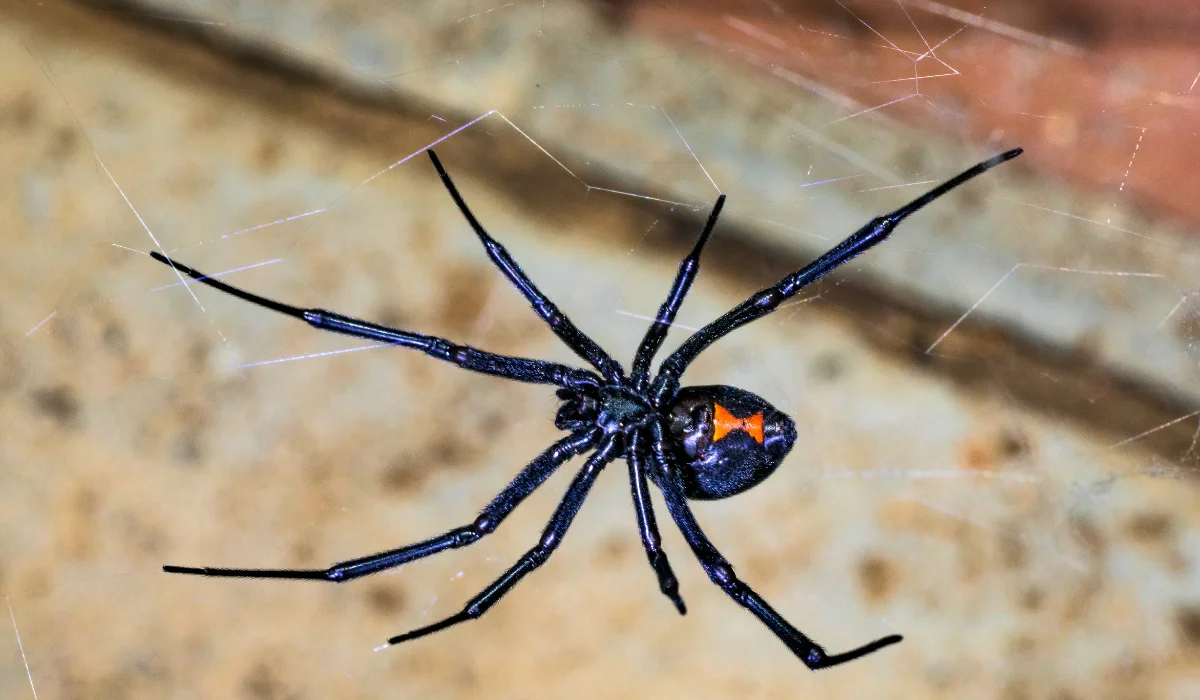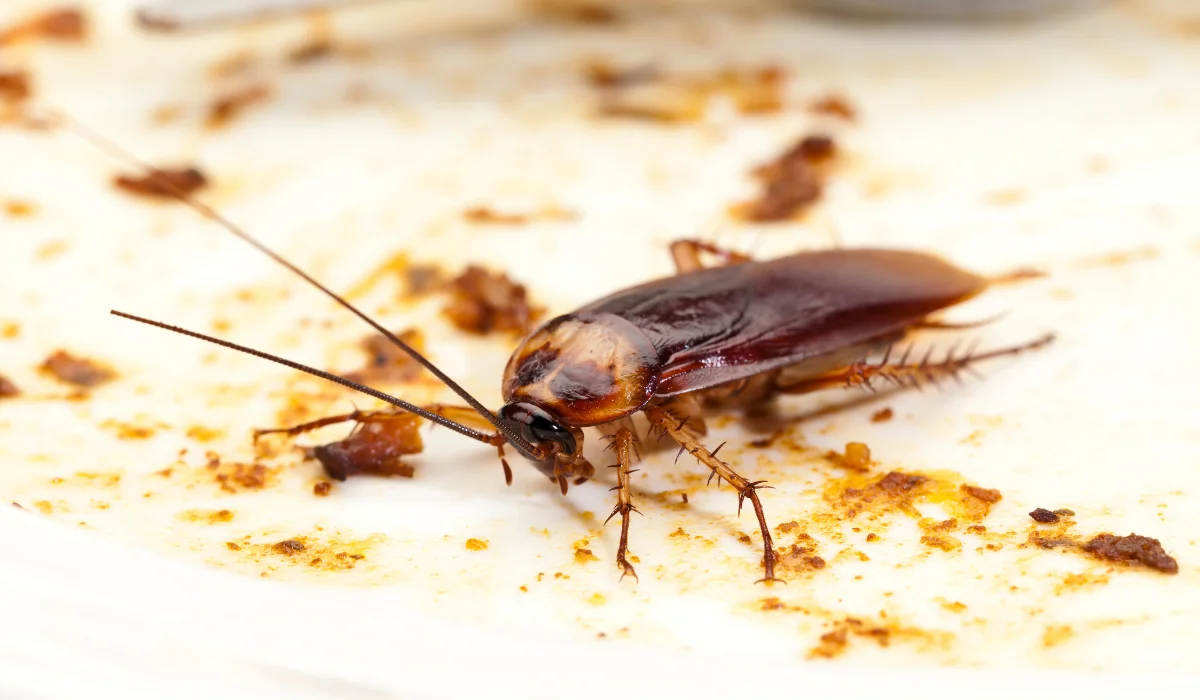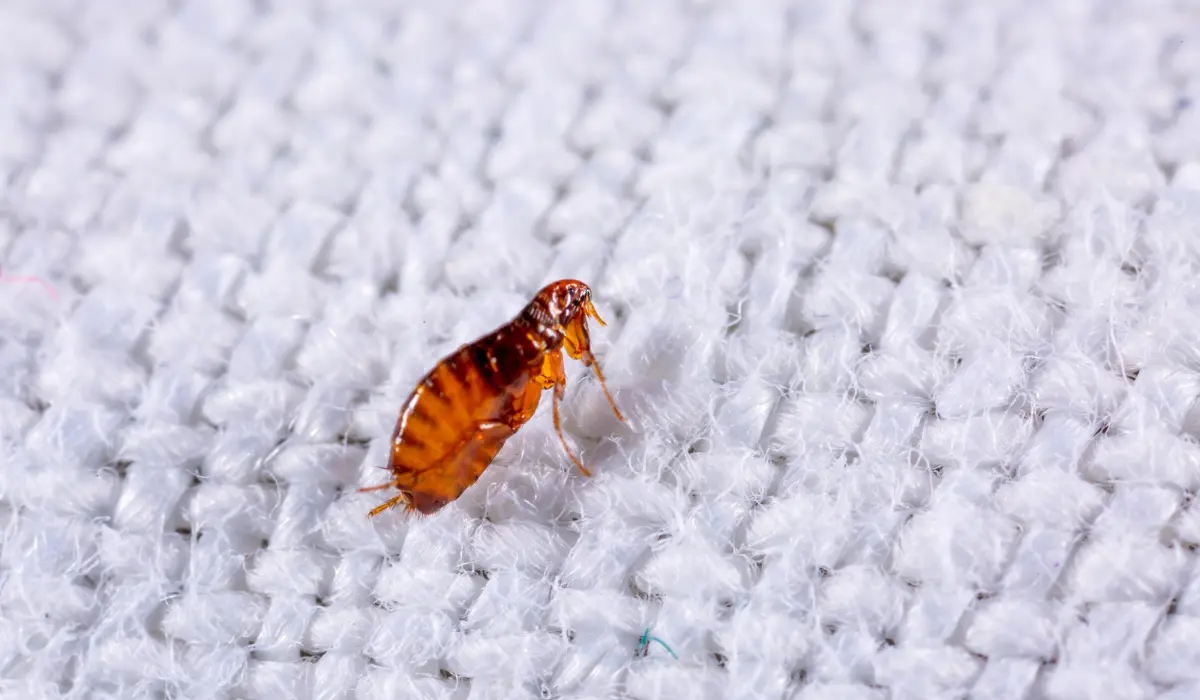If you’ve spent any time in Louisiana, you know our warm climate is perfect for all kinds of critters, including some you’d rather not meet face-to-face.
One is the black widow spider. Recognizable by its shiny black body and the red hourglass marking on the underside of its abdomen, this venomous spider in North America is one you want to avoid. Knowing when black widows are most active can help you reduce the chances of an encounter around your home.
In this article, you’ll learn when the black widow spider season in Louisiana peaks, how to identify these spiders (and their close relatives like the brown recluse and brown widow), and what to do if you find them on your property.
Key Takeaways
• Peak activity for southern black widows in Louisiana is spring through early fall, with females producing egg sacs during the warmest months.
• Black widows prefer undisturbed areas such as garages, crawl spaces, and woodpiles, often spinning irregular webs close to the ground.
• The female black widow spider is the one to watch; males are much less venomous.
• Professional pest control is the safest way to handle a confirmed infestation.
When Black Widows Are Most Active in Louisiana
Here in Louisiana, the southern black widow (Latrodectus mactans) is the most common type of spider you might encounter. While they can survive year-round, their peak season begins in April and runs through October, because warm, humid conditions help them thrive.
During this period, adult females are most active in hunting and reproduction, like other southern spiders. Each female can produce multiple egg sacs in one summer, each containing hundreds of spiderlings. These young spiders disperse quickly, but only a small percentage survive to adulthood.
Identifying Black Widow Spiders
Spotting a female black widow spider isn’t too difficult if you know what to look for:
• Body length: Around 1.5 inches, including legs.
• Color: Jet shiny black.
• Marking: Distinct red hourglass marking on the underside of the abdomen.
The northern black widow and the brown widow spider (Latrodectus geometricus) are less common but can be found in some areas. Brown widows are dark brown or tan with an hourglass shape that’s orange or yellow, and their bites are typically less severe.
Where Black Widows Hide
In Louisiana homes, black widows favor undisturbed areas. Common hiding spots include:
• Garages and basements
• Crawl spaces
• Woodpiles and outdoor sheds
• Inside crevices around porches or foundations
Their irregular webs are often low to the ground and messy in appearance, unlike the neat patterns of orb-weaving spiders.
Black Widow Bites and Medical Attention
While black widow bites are rare, they do happen, often when someone accidentally reaches into a hidden spot without checking. Symptoms may include severe pain, muscle cramps, nausea, and sweating.
If you suspect a black widow spider bite, seek medical attention immediately. Antivenom is available in severe cases, but treatment typically focuses on relieving symptoms.
How Black Widows Compare to Other Dangerous Spiders
The brown recluse (Loxosceles reclusa) is another dangerous spider found in Louisiana, recognizable by its violin-shaped marking and preference for dry, dark spaces. Brown recluse spiders are more often found indoors compared to black widows. The brown widow is less aggressive but can still deliver a painful bite.
Other common spiders, such as wolf spiders, jumping spiders, and cellar spiders, may look intimidating, but are harmless.
How to Keep Black Widows Away
To keep black widow spiders from settling on your property:
• Seal crevices around doors, windows, and foundations.
• Remove clutter from garages, crawl spaces, and sheds.
• Keep woodpiles away from your home.
• Wear gloves when working in areas where spiders may hide.
If you think black widows are on your property, call a pest control professional.
Professional Pest Control for Black Widows in Louisiana
At LaJaunie’s Pest Control, we routinely help homeowners in Baton Rouge, New Orleans, and across southern Louisiana deal with spider problems. Our process includes:
1. A thorough inspection of your home and yard.
2. Safe removal of active spiders and egg sacs.
3. Treatment of high-risk areas to prevent future infestations.
We also remove other spider species that might move in once black widows are gone, helping you maintain a safe, pest-free home.
Conclusion
In Louisiana, black widow spider season runs from spring through early fall, with warm weather boosting their activity and reproduction. Knowing when they’re most active and how to keep them away can significantly reduce your risk.
If you’ve spotted a black widow or suspect an infestation, trust LaJaunie’s Pest Control to handle it quickly and safely.
Call today to schedule your inspection and make your home safer before the problem grows.
FAQs
1. Are black widows active at night or during the day?
Black widows are primarily nocturnal. They spend the night hunting and checking their webs, and hide during the day in dark, protected spaces.
2. Do male black widow spiders bite?
Male black widows rarely bite and are far less venomous than females. Most encounters with humans involve the female.
3. Can black widows survive the Louisiana winter?
Yes. While less active in colder months, they can survive in sheltered areas like garages and basements, emerging again when temperatures rise.
 By: LaJaunie's Pest Control
By: LaJaunie's Pest Control 



